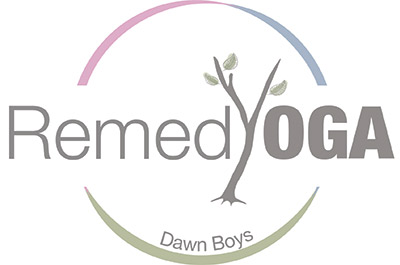
When I began studying anatomy and physiology, almost 40 years ago in college, we didn’t hear the word “fascia”. Within the last few years, it’s become the “buzz word” in rehabilitation, yoga, fitness and especially sports medicine. Facts about this fascinating tissue are headlining modern research as we come to understand that it plays a bigger part in our well being, and more than just holding us together. Our embryonic beginnings are when our entire fascia system is established and in tact. No two of us are alike, much like the unique quality of snowflakes.
Fascia is a 3D matrix that is woven throughout our anatomy like spider webs. It attaches, encloses, wraps and separates tissue and organs, permeating the entire body. Fascia has 6-10 more proprioceptors than muscle, leading to more pain sensation and it barely shows up on MRI’s (magnetic resonance imaging), which is a modality used to investigate pain. In an article written by Nelin Krull of Myofascial Canada, “Fascia doesn’t show up in MRI’s and X-rays…as a result, people with fascia restrictions may leave medical appointments with little explanation for their pain.”
Fascia models the stress that we put on our body. What we do, and how we do it, will create fascia density in a taught, or leather like tension, to match output of movement. This can lead to reduced mobility, or what I like to call “sticky” parts in my yoga practice. In the past few years, mobilizing a patient right after surgery, is done as soon as possible to prevent this matted effect. This improves mobility to increase blood flow and recovery. Fascia is linked to chronic pain, our immune system, patterns of breathing, the endocrine system, and the vascular and nervous system. Much research is being done in these are at this time.
The fascia Research Society in Burnsville, MN stated that “one reason fascia has not received adequate scientific attention in the past decades is that this tissue is so pervasive and interconnected that it easily frustrates the common ambition of researchers to divide it into a discrete number of subunits.” In anatomy displays, it’s generally removed to show other commonly known tissues, and therefore not acknowledging it’s significance.
In considering our movement patterns, without this connective tissue, how would our bones and muscles function together?
Using a visual, consider this childhood toy (see image) as this is the concept used in structures like bridges and is referred to as a “Tensegrity”, and represents the tension of fascia to bones and joints.
I use this simple analogy of bubble gum as it relates to our fascia and how in movement, we can get our fascia more flexible. If you put a piece of hard bubble gum in your mouth, you’ll need to chew it (movement), wet it (hydrate) and warm it up (increased body temperature) to blow a bubble. That’s hydrated fascia. If the air that you blow the bubble in is cold, it gets tough,and you need to do the same sequence in your mouth in order to blow the bubble again. It’s similar to putting your gum on the side of your plate while you eat a meal, when you were a child. It’s a tough chunk when you do chew start to chew it. My favourite saying by Dr Greg Ford, a Physio therapist at Daemon College in N.Y. said “motion is lotion”. If this has made you curious about your fascia, our community of Peachland has a host of several massage therapists, physiotherapist, chiropractors, fitness & yoga professionals that can assist you in better understanding your fascia, and possible restrictions so you can use motion as your lotion and live in a healthier and happier body.

 Microbiome
Microbiome